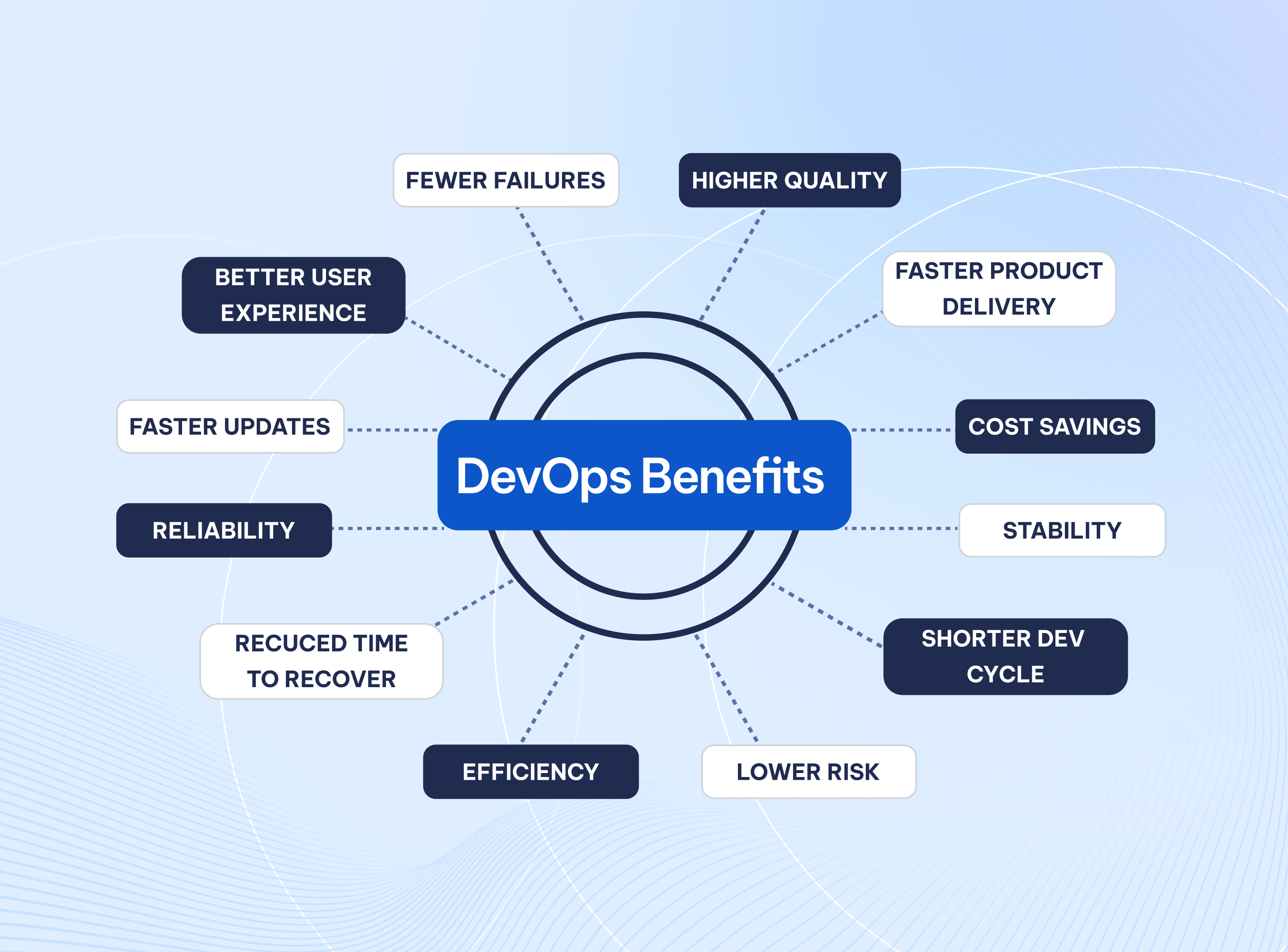Bridging the Timezone Gap: How to Navigate Offshore Development Projects
Published on Jul 20, 2023
As an offshore development provider, our team at FABA Technology is no stranger to challenges when undertaking offshore development projects. One of the most significant obstacles is the time zone difference.
However, with years of experience, our team has developed strategies to bridge this gap and ensure successful collaboration. In this blog, we will share our insights into the risks associated with timezone differences and provide practical solutions for navigating them.
Optimizing Mutual Working Hours
The key to overcoming timezone differences is optimizing mutual working hours between parties.
1. Try video meetings
Video meetings are invaluable in bridging the communication gap caused by time zone variances. The ability to see facial expressions and hear tones of voice not only enhances comprehension but also erases the feeling of disconnect between teammates.
As teammates begin to feel more connected, their willingness to support increases. This enhanced sense of connection fosters a collaborative environment where assistance and cooperation become available.

2. Exchange valuable information only
One effective strategy we employ is conducting quick stand-ups.
These stand-ups help teams be on the page about the progress and arising blockers, while project managers can see if they can meet the deadline with the current burn rate.
What has been accomplished, what is planned for the day, and any blockers that may arise - these are the Agile format for daily stand-ups. However, teams can also come up with their own format to report what they deem critical for the projects as there is no definite answer for what information is “valuable” for each project.
For these sync-ups, it is best to spend just a short amount of time delivering crucial project information.
3. Minimize internal meetings
To optimize mutual working hours, offshore service providers should minimize internal meetings during the client's working hours. By evaluating the necessity of each meeting and finding alternative ways to address internal matters, teams can stay focused on crucial tasks and make the most of their shared working hours.
Plus, with the presence of daily stand-ups, ad-hoc meetings are barely required.
4. Allow onsite work
When feasible, offshore service providers arrange for key team members, such as leaders and communicators, to work onsite with the client. This occasional in-person interaction greatly enhances understanding, alignment, and collaboration, bridging any gaps that may arise due to time zone differences.
Transparent and Proactive Communication
Maintaining open and proactive communication between the offshore development team and the client is another critical aspect of successful collaboration. Below is how we ensure it.
1. Regular updates
The development team should have a sense of responsibility to keep things updated, both internally and externally. By frequently exchanging new and crucial info in detail, we provide everyone an overview of the current progress, ensuring things stay on track, and making sure that our clients are happy with the deliveries.
In order to find out what needs to be exchanged in these updates, and how often to do so, both sides need to define together, based on the project and the client's requirements.
2. Proactive problem-solving
It is crucial to promptly address and resolve potential problems, preventing work from being blocked due to communication gaps. This is achieved through internal team-wide discussions involving project managers and developers, ensuring that challenges are addressed with clear solutions and benefits before proposing them to clients.

During the early stage of many projects, one prominent problem is the multi-region communication issue, due to many squads from different companies, with different cultures and working styles.
This is how we took a step forward to reorganize the team structures and optimize the communication plans:
- create separate Slack channels for different topic/issue discussions, such as PM-only, and technical-only channels, along with internal and external issue discussion
- prepare emergency contact points
- assign clear roles for every meeting attendant
We also convinced our client to switch to Scrum instead of sticking with Kanban. While Kanban is more suitable for highly ad-hoc projects, Scrum gains you high scope control, a perfect choice for a project that is currently scaling with innovations. Now, the project timelines and milestones can be easily tracked and calculated.
3. Small team size
Effective communication and collaboration across time zones are best achieved with smaller team sizes.
By breaking down larger teams into smaller units, we create more manageable and streamlined communication channels, enabling smoother coordination.
Clear Expectations and Deadlines
To navigate the intricacies of offshore collaboration, setting clear expectations is paramount. Both clients and offshore service providers must have a shared understanding of response times, project milestones, and deadlines. This clarity empowers offshore teams to plan their work effectively, ensuring optimal productivity and timely deliverables.
Documentation and Knowledge Sharing
Documentation plays a vital role in bridging communication gaps caused by time differences. By maintaining comprehensive documentation, clients can review the information within their own working hours, fostering understanding and encouraging collaboration across time zones.
By sharing this valuable knowledge, clients stay informed and can review the documentation within their own working hours. This not only fosters understanding but also encourages collaboration across time zones.
Empowerment and Autonomy
Empowering the offshore development team to make decisions and take necessary actions independently when immediate client involvement is not feasible due to time differences is crucial. By providing them with the necessary authority and guidelines, they can effectively handle issues and make progress on the project.
Closing

In the ever-expanding landscape of global business, time zones need no longer be insurmountable obstacles. Offshore service providers have mastered the art of collaboration by optimizing mutual working hours, fostering transparent communication, and setting clear expectations. They understand the importance of documentation and knowledge sharing, building bridges of understanding across time differences.
By embracing strategies tailored to transcend time zone differences, offshore service providers empower businesses to thrive in a world without borders. With careful planning, effective communication, and a commitment to mutual success, offshore development projects can flourish, regardless of the challenges posed by time zone disparities.










